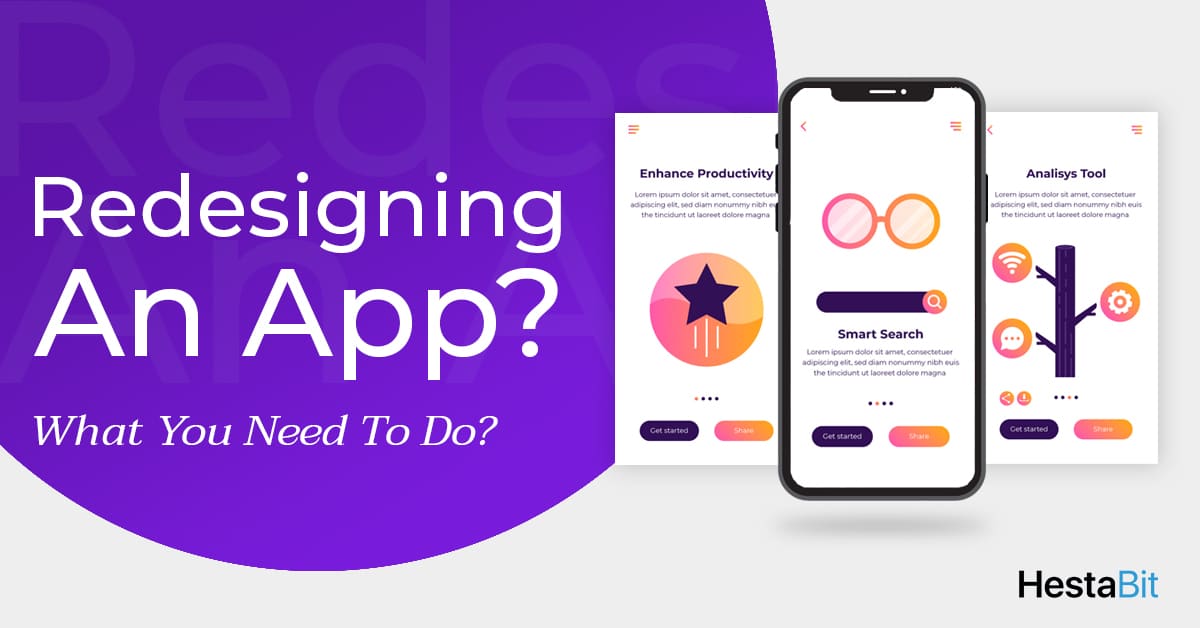Jack Ma once famously said “You should learn from your competitor, but never copy. Copy and you die.”
Well, it seems to be a wise approach. But how can you follow this approach and still beat your competition?
It’s a myth that by only building a superior product, you can outperform your competitor websites/products. So for starters, just break that myth.
If you indulge in competitive analysis during the ideation phase of your startup, you will realize the significance of branding a product.
In his book ‘Brand Against The Machine’, John Morgan has said:
Branding is not just about being seen as better than the competition. It’s about being seen as the only solution to your audience’s problem.
You need to observe your competitor’s branding strategies from close quarters. Not just that, you must compile and mine data related to your competitor’s background, finances, marketing facilities, target audience, and corporate strategies.
There are traditional ways to perform competitor mapping, such as conducting focus groups to assess consumers’ views on your product as well as on your competitor’s.
Competitive Value Proposition Analysis
After leaving a website, a prominent question that people ask themselves is “Is there a competitive advantage related to this product?
When they leave a website, all they think about is the product’s ‘Selling Point’.
Therefore, you need to create a differential to mark a unique space for yourself. But for that, you need to understand the positioning of your competitors
You can zero in on your value proposition if you chart out the POP, POD, and POI. Don’t worry, we are not talking rocket science here.
- Point of Parity or POP is a point which establishes a similarity between you and your competitor. There will always be features that both you and your competitors provide to the consumer.
- Point of Difference or POD is a point which makes your product unique. There might be features that you feel are tailor-made for your prospects, but haven’t been tapped by your competitors yet.
- Point of Irrelevance or POI can include features that both you and your competitor have built, but customers find them irrelevant.
Focusing on PODs is how you can create that differential
Though you are not all alone in this. There are excellent tools that can leverage your competitive analysis and help you gain a thorough understanding of your competition. We have curated three such tools for you. Have a look:
1. SimilarWeb
Similar Web can help you analyze your competitors’ websites, mine their data, and understand their marketing strategies. The paid version of this tool is even more effective.
You can enter the site of your competitor and compare it with your head to head.
Some of the metrics that come up in the analysis include:
- Estimated monthly visitors
- Average time visitors spend on the website
- Bounce rate
- Average page views per visitor
- Top referring websites
- The proportion of traffic from different social networks
- Pictures of banners used for display ads
- Keywords driving organic search traffic
- Keywords driving paid search traffic
- Audience interests
Based on the above metrics, you can easily weigh the performance differential between you and your competitor. You can accordingly work on your SEO and marketing efforts, by catering to your audience’s needs and creating relevant and shareable content.
This can greatly increase your referral traffic and improve your expert authority. However, if you don’t have a premium membership, then you can only access limited data. For each metric you will get five results only., meaning, if you want to search for keywords that your competitor is using, then only five keywords will appear in the search results.
2.WhatRunsWhere
You can monitor your competitors’ paid search campaigns using WhatRunsWhere, to better understand their digital marketing strategies. Just to give you an idea of its potential, it can provide data for over 90 different advertising networks including Google Adwords, Bing, SiteScout, to name a few.
The display networks, creatives, and keywords your competitors are using currently, you can get all this data in real-time. Moreover, you can observe the same parameters spanning several years, to understand the progression of your competitor’s marketing campaigns.
They might be using a set of keywords or ad copies for a long period of time. You can use the same set of keywords or creatives for driving profit to your business.
3. Mixrank
The analytical tools that we have discussed so far focus on your competitor’s digital marketing campaigns, but Mixrank provides you the entire picture of your competitors, by providing information like:
- Advertisers, keywords and traffic sources they’re using
- Information on the company’s key members (their contacts)
- Technologies your competitors are using
- Information on the marketing channels they’re using
Not just competitive analysis, Mixrank can be used for identifying new leads. You can identify competitor’s customer base, understand their demography, their buying patterns etc. As discussed above, you can figure out the POD and pull a segment out of your competitor’s customer base.
Be precise and hit the bullseye while choosing any of the above tools
Before commencing your competitive analysis program, there is a need to segregate the data points on which you want to weigh your competitor, based on the marketing strategies that are relevant to your industry. This is how you can better choose the competitive analysis tool.
For instance, if you want to focus on your search engine rankings and want to beat your competitor in that space, then a tool like SEMrush or Moz should be your pick. If you are focused more on the paid traffic, then it’s better to use SimilarWeb, and we would advise you to take its prime membership to optimize your results.
For understanding your competitors’ customers and demographics they are catering to, Mixrank or Alexa is an excellent tool and an important cog in the wheel of your analysis. You may end up discovering that you have overlooked an important segment of consumers till now. This can play a key role in the future expansion of your business.
Last but not least. Don’t imitate your competitors
There is no point in investing your time in all such tools if you only want to imitate your competitor’s strategies. So don’t go into an auto-pilot mode, and be street smart while leveraging the above tools.
For example, if the link-building strategies of your competitor aren’t giving the desired results (achieving better ranks for major keywords), then rest assured that you are going to face the same fate. If you want to run your ads on websites where your competitor published their ads two or three years ago, then you might not derive optimum results.
Gathering data from tools is a walk in the park, but it’s the quality of your data mining process that matters. The bottom line is, you need to keep learning the art of competitive analysis, to better understand the strengths and weaknesses of your competitors.
Hope you found this write-up useful. Don’t forget to read about the first and the second leg of startup ideation. Do share your views and queries in the comment section.





